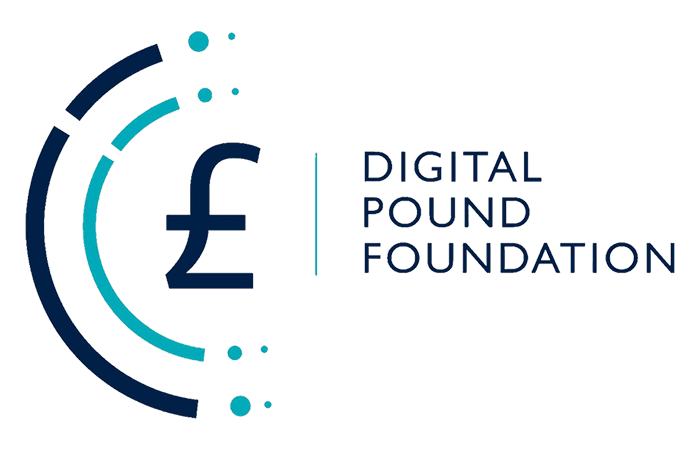The Basel Committee on Banking Supervision (BCBS) recently launched a consultation in an effort to update the rules regarding bank capital requirements as they pertain to crypto-assets. This move represents a substantial step in the evolving landscape of cryptocurrency regulation, particularly focusing on how banks interact with digital assets.
Central to the proposed changes is the classification of tokenized securities and stablecoins issued on permissionless blockchains. The BCBS suggests categorising these alongside other cryptocurrencies as high risk. This approach marks a clear shift in how financial regulators view the stability and security of assets on decentralized networks. The committee pointed out that permissionless blockchains, due to their reliance on third-party intermediaries, pose challenges for banks in conducting thorough due diligence and oversight. As a result, crypto-assets on these blockchains are recommended not to be classified under Group 1, which typically involves more conventional capital requirements.
Instead, these assets are proposed to fall under Group 2, which encompasses all cryptocurrencies and is deemed higher risk. Under this classification, banks would be required to hold capital equivalent to the value of the crypto-assets they possess, reflecting the perceived heightened risk associated with these investments.
Further specificity is provided in the categorisation of Group 1 assets. Group 1a is reserved for tokenized conventional assets and securities, while Group 1b consists of qualifying stablecoins. Those stablecoins that don’t meet the criteria for Group 1 classification are treated as high-risk Group 2 assets.
The proposed framework also introduces more rigorous requirements for stablecoin reserves. The new rules would limit reserves primarily to bank balances, short-term government securities, and high-quality bank securities. This change reflects a cautious approach towards the backing of stablecoins, which are intended to maintain a stable value relative to traditional currencies. The BCBS also plans to review the use of repurchase agreements (repos) and reverse repos in stablecoin operations, particularly focusing on compliant stablecoins such as Paxos (USDP) and USD Coin (USDC). The committee will assess under what conditions these stablecoins might qualify for the lower-risk Group 1b. However, it’s noted that stablecoins on public blockchains are currently considered Group 2 assets, highlighting the committee’s cautious stance.
The BCBS has expressed concerns about the use of repos, including the potential alteration of the quality of securities through swaps and the challenge of meeting redemptions in a timely manner. This reflects broader apprehensions about the liquidity and stability of markets involved with cryptocurrencies.
In terms of disclosure and audit requirements, the committee has proposed that stablecoin issuers disclose the value of their reserve assets daily and their composition on a weekly basis. Interestingly, the audit and verification standards proposed by the BCBS are less stringent than those currently undertaken by major stablecoins, suggesting a minimum of an annual audit and bi-annual verification.
This initiative by the BCBS is part of a wider global effort to regulate the rapidly evolving cryptocurrency market. The volatile nature of these digital assets, combined with the unique challenges posed by blockchain technology, necessitates careful oversight to mitigate potential systemic risks. The BCBS’s proposed framework is a significant step in acknowledging the growing importance of digital currencies in the global financial system, and its outcomes could greatly influence the future regulatory landscape for cryptocurrencies and their integration into traditional banking.
























































